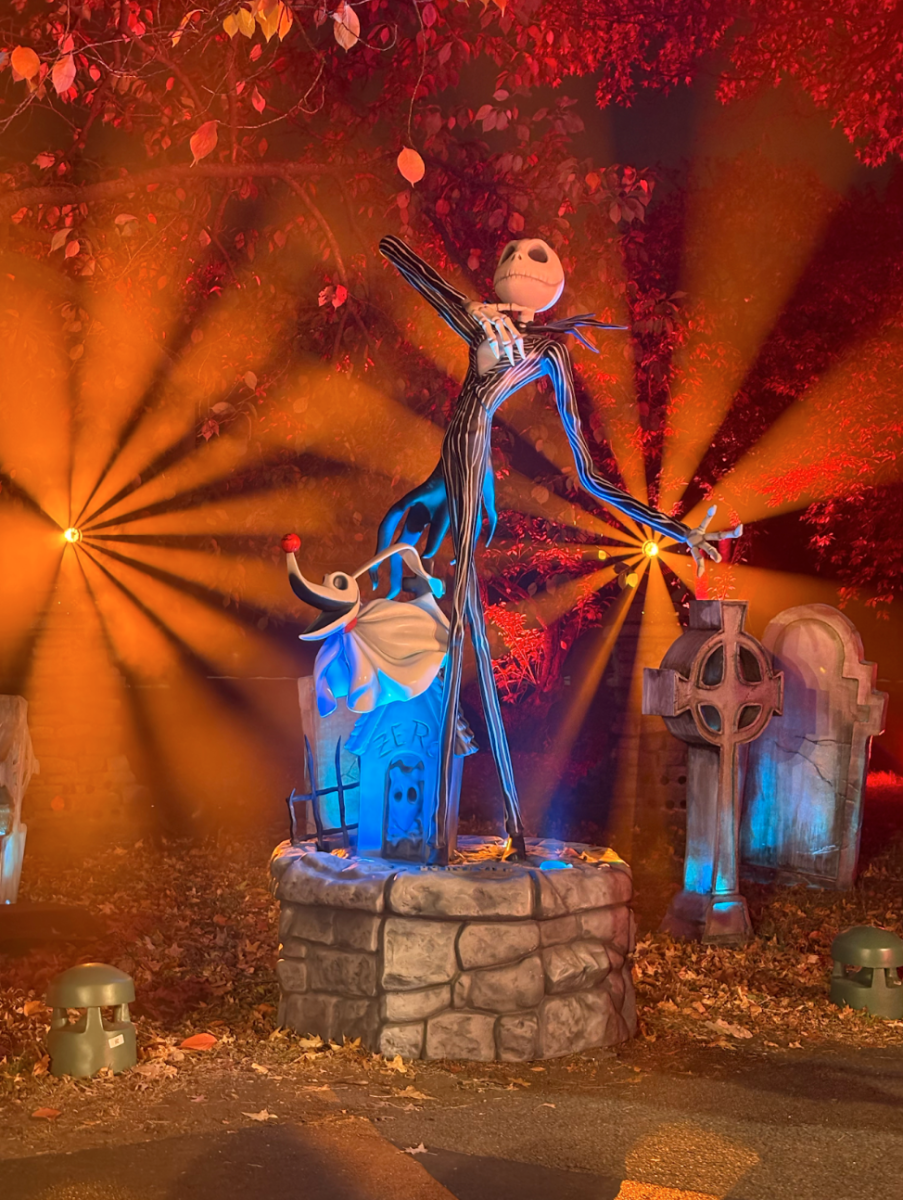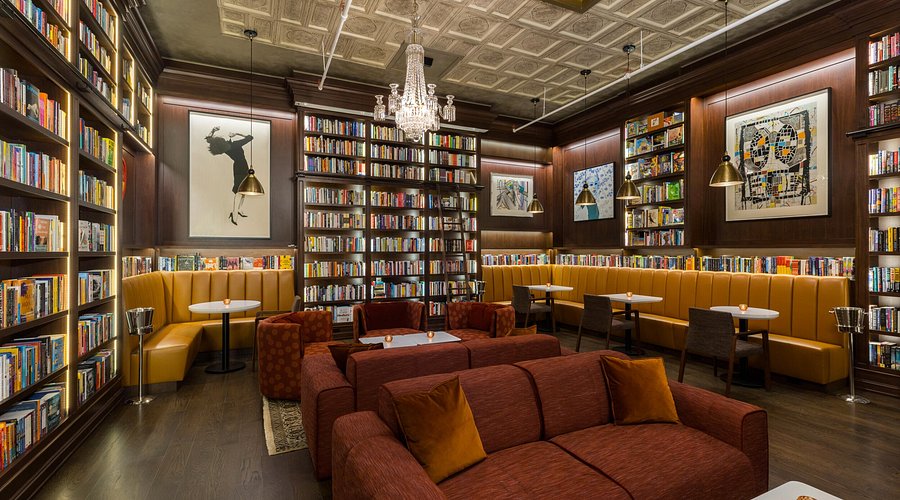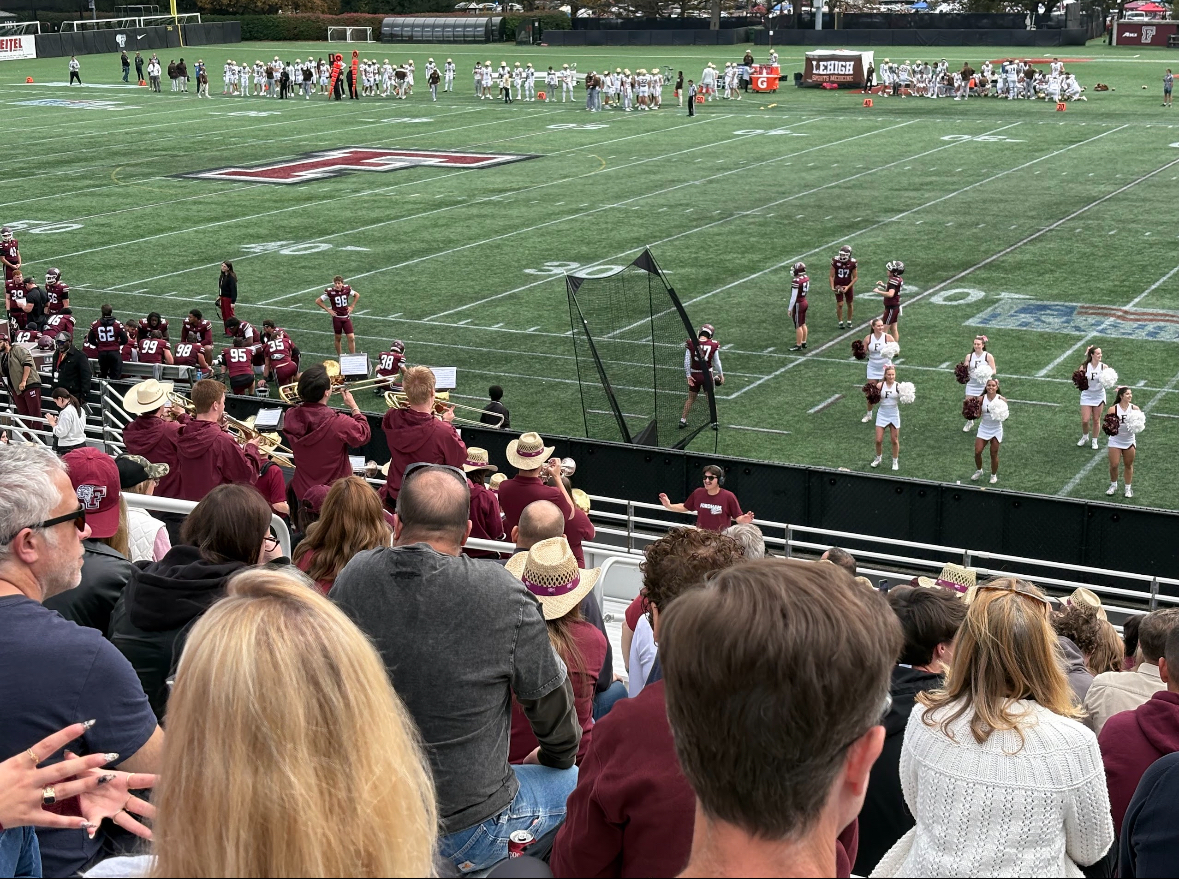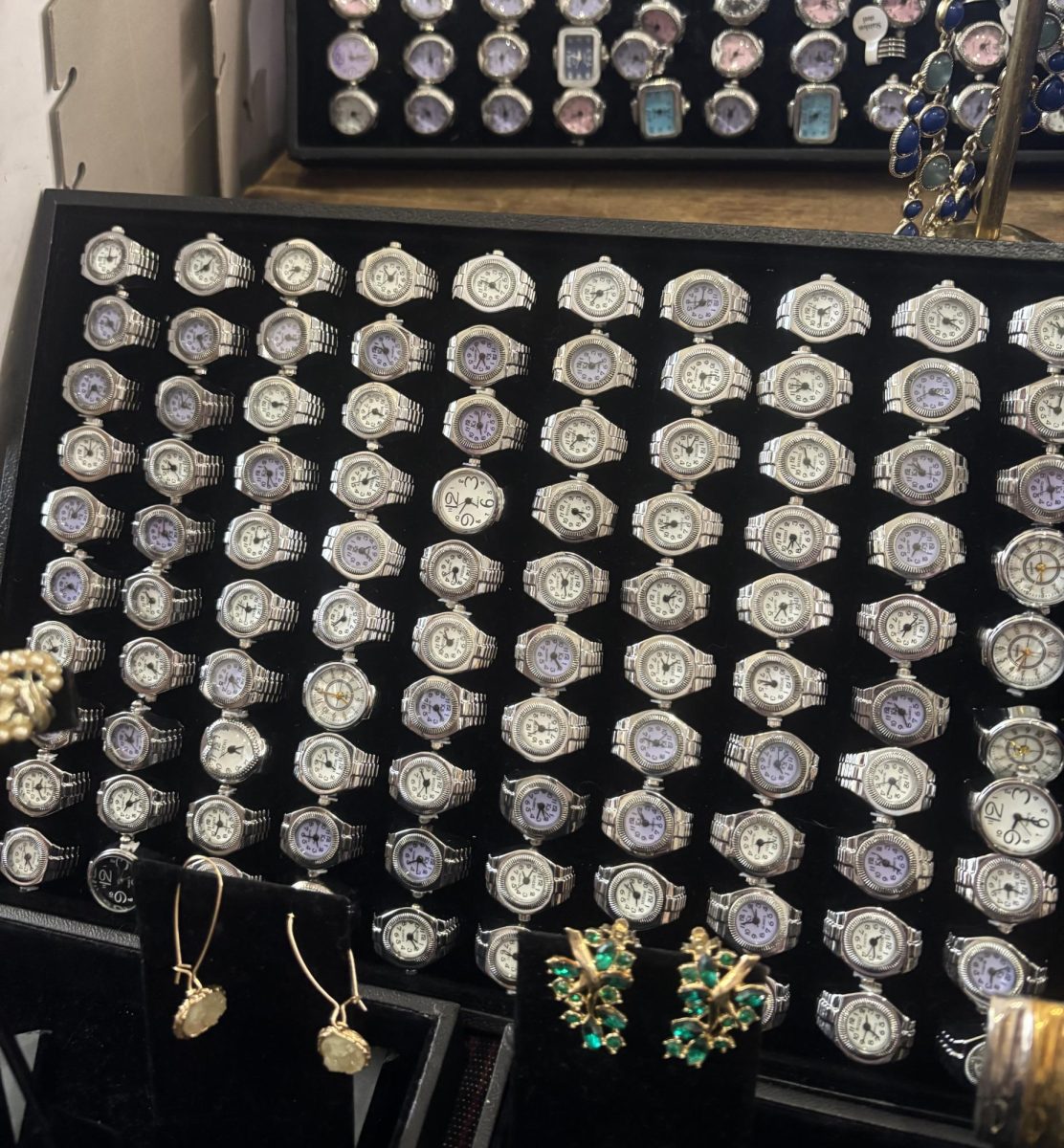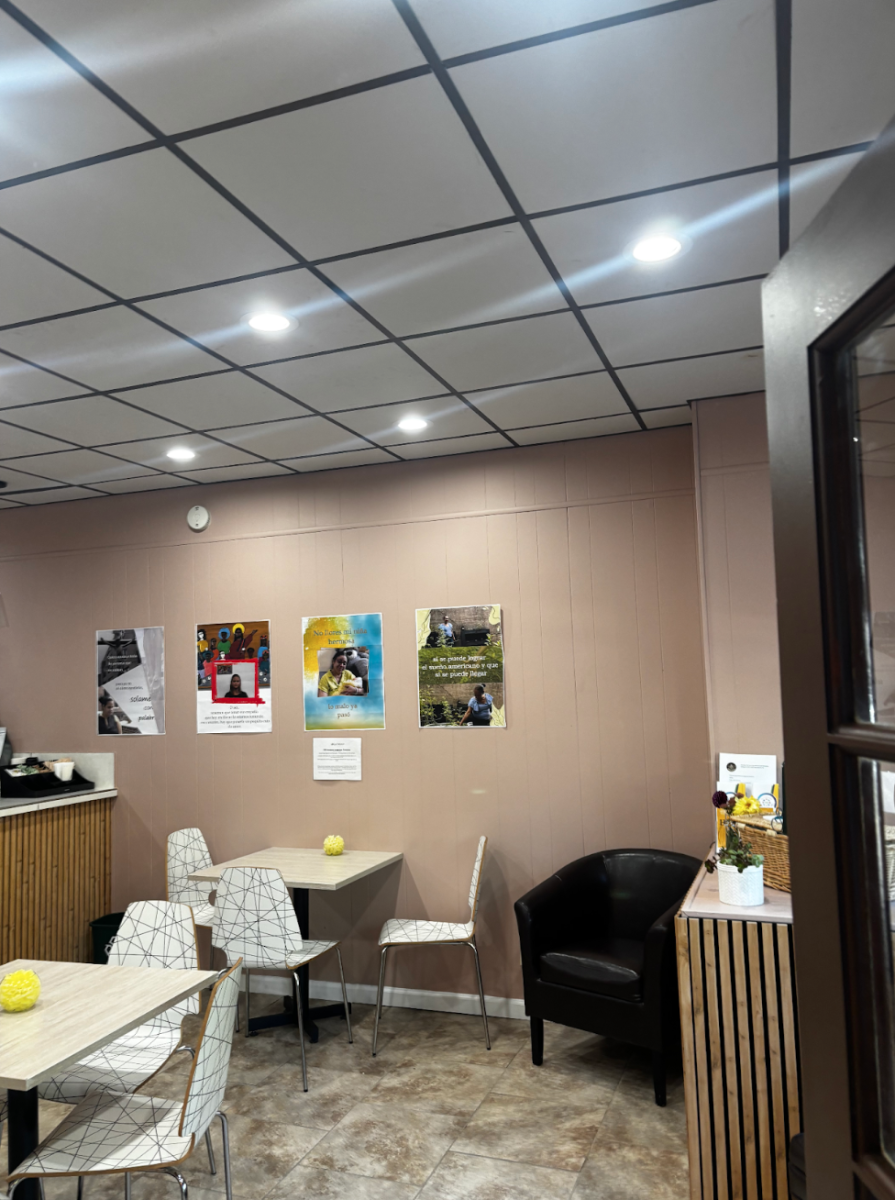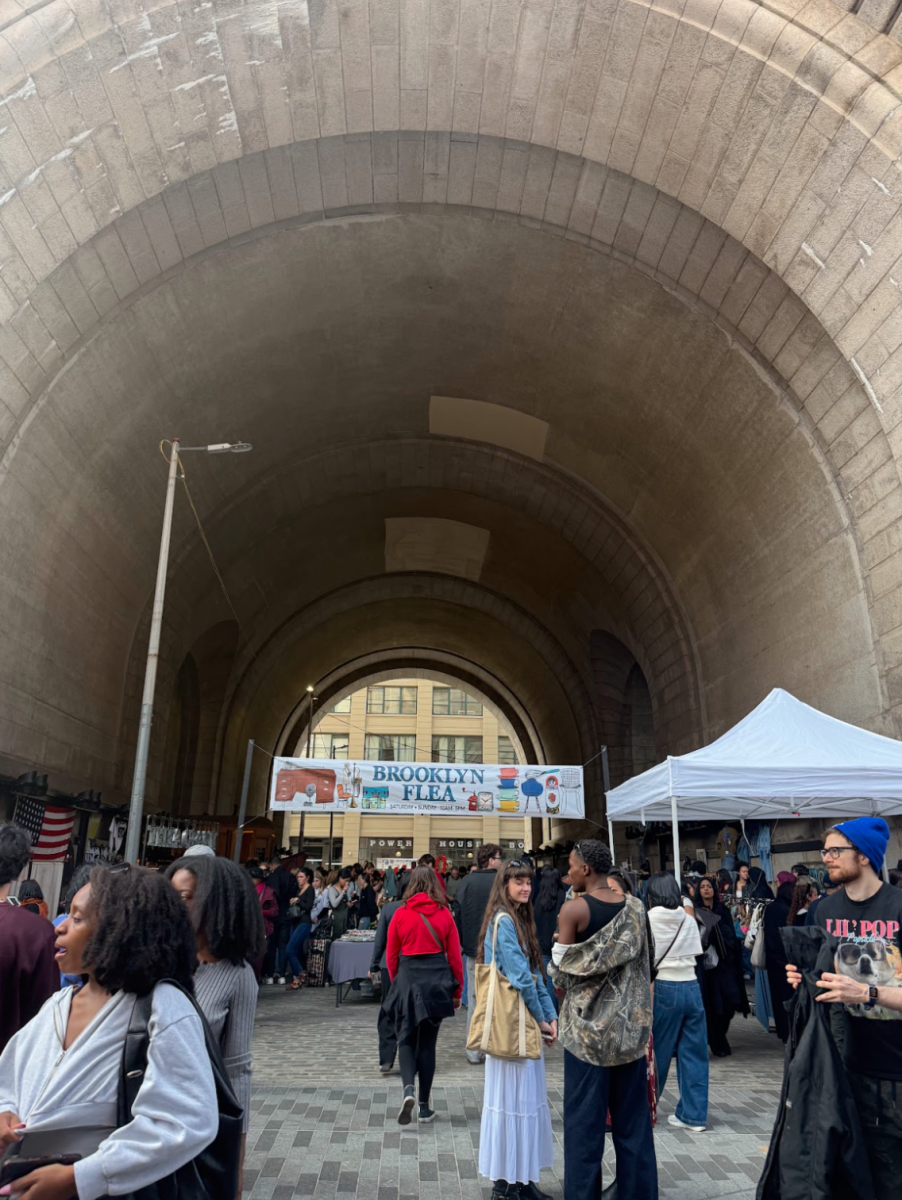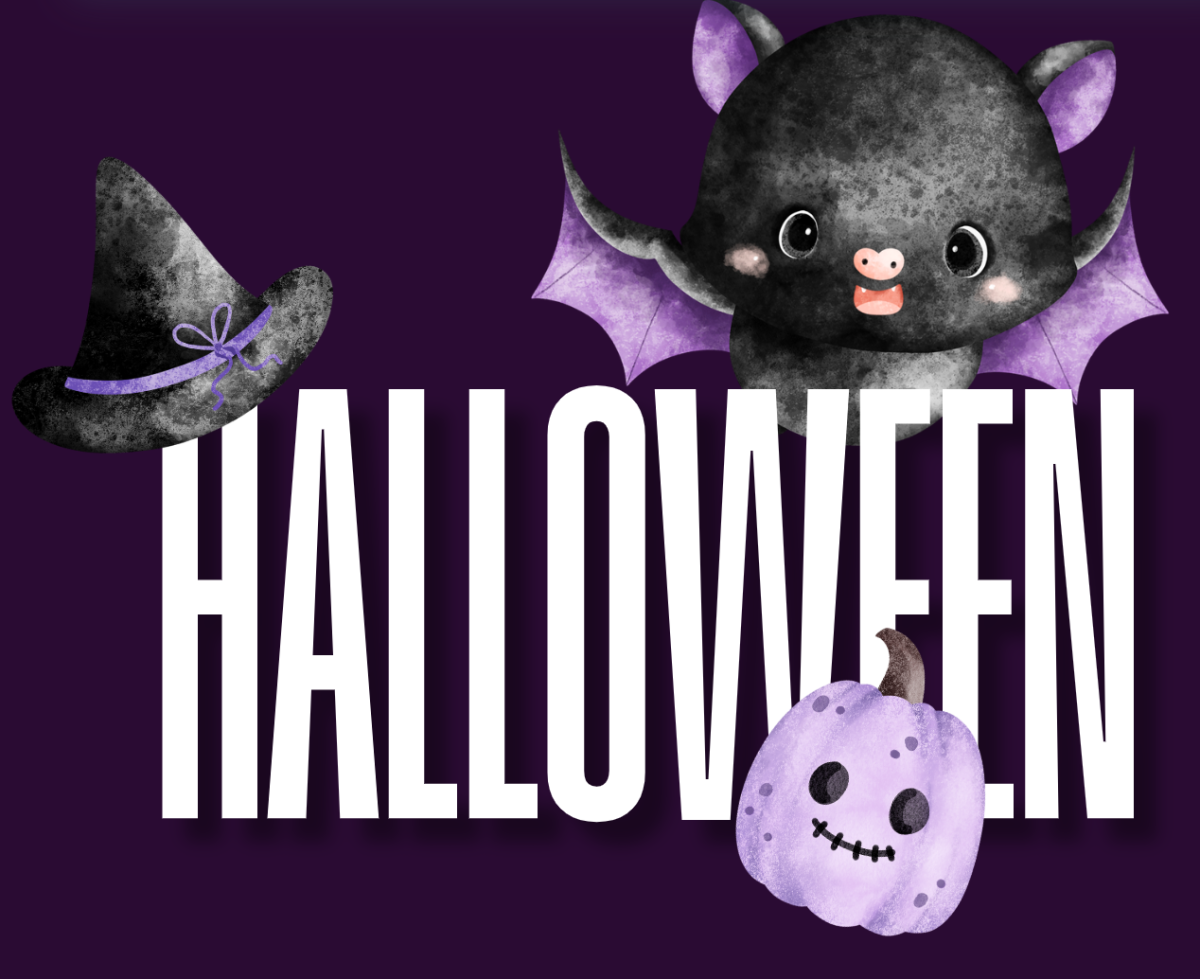Who needs the thick clouds and mists of Niagara Falls when you’ve got the smog of New York City? I confess I didn’t get my eclipse-viewing glasses; I have far too many actual eyeglasses already, and violent-strobe-light Happy New Year ones from intermittent years over the past decade shaped in the year they were made to ring in. Thus, I subconsciously forewent my free pair from Fordham. I figured two, maybe three pairs of sunglasses would do, which they did, and I elected to watch the eclipse through my phone’s camera, sacrificing one of its countless eyes. How wonderfully ironic that the New Year’s and eclipse glasses have polar opposite intentions when it comes to protecting your eyes.
Earth uniquely experiences two types of eclipses: lunar and solar. During a lunar eclipse, the Earth moves directly between the sun and the moon, casting a shadow on the moon that completely obscures it from view — not to be confused with a new moon. But solar eclipses emerge when the moon blocks the 400-times-larger sun from view in a near-perfect optical illusion that NASA estimates is unique only to us and our solar system. Eclipses have held fascinating significance in ancient history: the Chinese once believed that a dragon obliterated the sun, the Indians thought that the sun was being blocked by the decapitated head of a demon forever chasing immortality and Native Americans, especially the Choctaw, say that a misbehaving squirrel is gnawing on the sun. Traditional cultures across the world still hold solemn prayer and observation when in the path of totality, or at a location on Earth where the sun is completely blocked by the moon positioned smack center “over,” “in front” or “between” it. More commonly today, eclipses are cause for exclusive three-hour news network coverage, social media virality, eclipse-viewing flights from Southwest and Delta, special donuts from Krispy Kreme and pies from Pizza Hut.
From my home in Queens, New York City, I was approximately 215 miles from the closest spot on the eclipse’s path of totality, which would have been Hamilton, N.Y. I got the same view, more or less, as my friends in Rose Hill and Lincoln Center. Niagara Falls was touted in the weeks prior as an eclipse-viewing hotspot, being a scenic landmark in the path of totality, and was so in terms of crowd attendance — but the thousands who flocked there had their eyes filled with, among what I presume to be tears, rainfall, thick clouds and Niagara mist. Those at Niagara did reportedly enjoy a nice, distraction-free four minutes of nighttime during their afternoon. Here, stuck on a hill, I humble-bragged to my friends about being closest to the eclipse (my neighborhood is 300 feet above sea level) as 3 p.m. rolled around. They all received a GIF of a moment from SNL’s April 6 Weekend Update schtick, where Kenan Thompson’s eclipse guffaws to a thigh/desk-slapping Marcello Hernández, “An earthquake during an eclipse? That’d be biblical, brother!… Well, don’t worry, I’m sure Mayor Adams will have it totally under control!”
Literally turning back to the eclipse, through my three pairs of sunglasses, I focused in on the beginning of NYC’s partial eclipse, just barely catching the moment as the moon moved slowly over the right edge of the sun’s path a little before the turn of the hour. The hazy clouds that had danced with the sunlight throughout the day — but just like the moon, would never once obscure the sun completely — began to dissipate, as lower temperatures resulted in a reduction of atmospheric condensation. In other words, when it’s cooler, clouds tend to let up. And I indeed felt the midday comfort of the 65-degree day begin to fade back. Though the warmth had gone, the bright glare of the sun itself never wavered, still peering through from behind an ever-creeping moon crawling over its right half. I never glanced through my (layered) sunglasses more than 20 seconds at a time, and upon each glance back, noticed a perceptible progression of the moon. The waxing gibbous morphed to an irregular “first-quarter’”-like phase, before sliding to a waxing crescent. Finally, at 3:18, only a fifth sliver remained of the sun, but the rest of the ground below was still illuminated as if a cloud had just interrupted a normal sunny day. If people had no notice and weren’t looking up at the sun that day, I hazard to guess almost no one would’ve noticed anything different. The eerie, honeyed glow thrust through the eclipse, and the haze on the shrubs around me began to brighten as the hour ticked on. Totally worth saving the trip to misty Niagara, but maybe I’ll give it a moonshot up there in 2079. The U.S. gets its next total solar eclipse in 2044, moving northwest-southeast instead of this year’s southwest-northeast. Trust me, I’ll save and wear the proper glasses for then.




































































































































































































